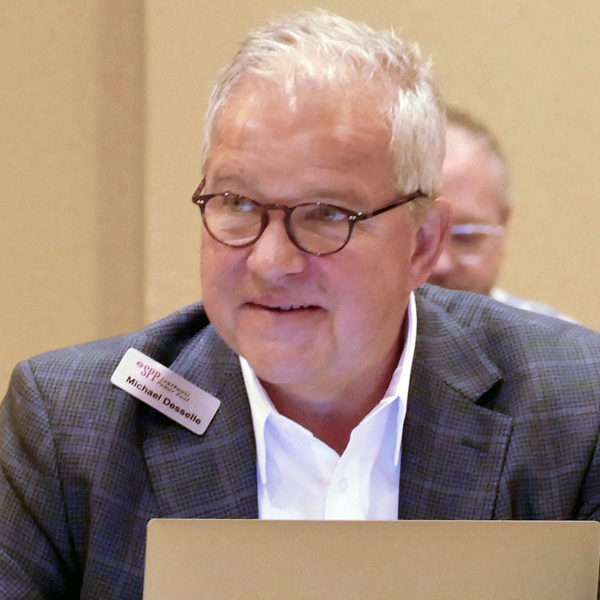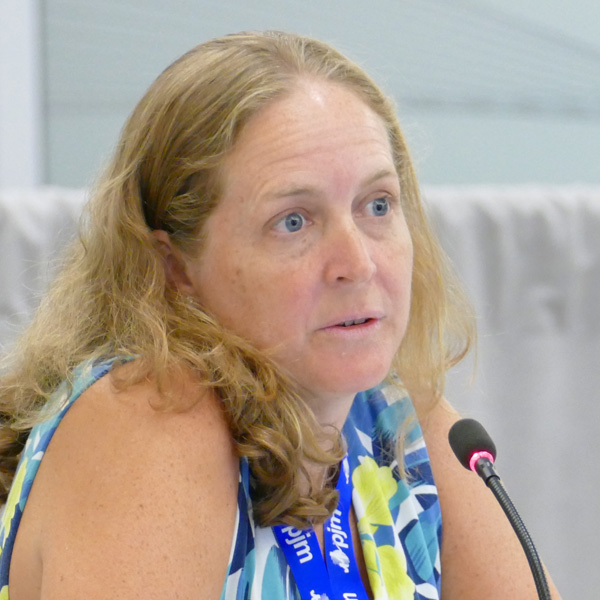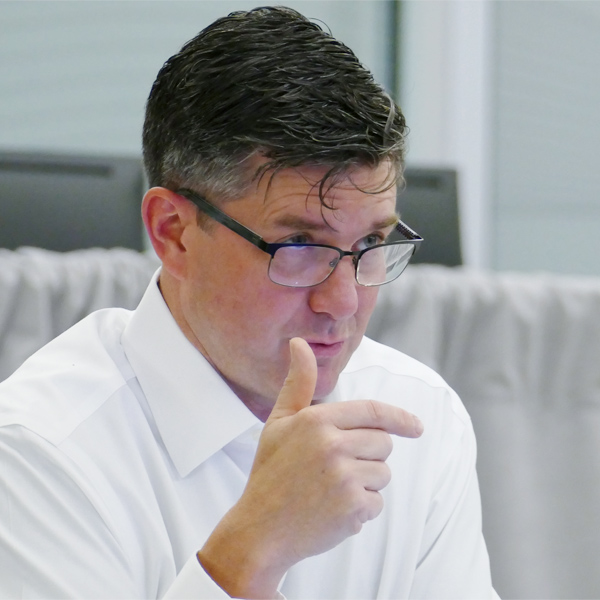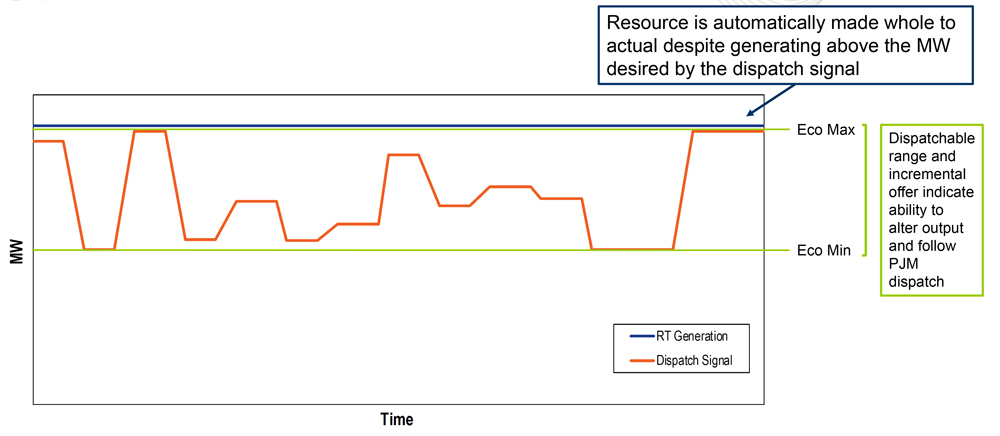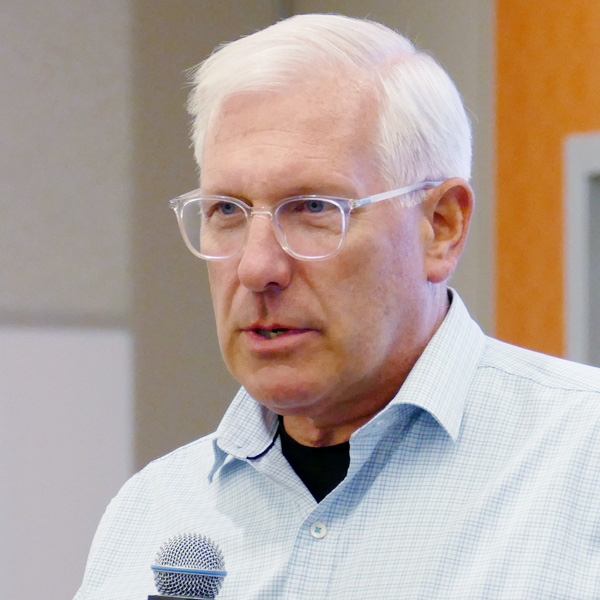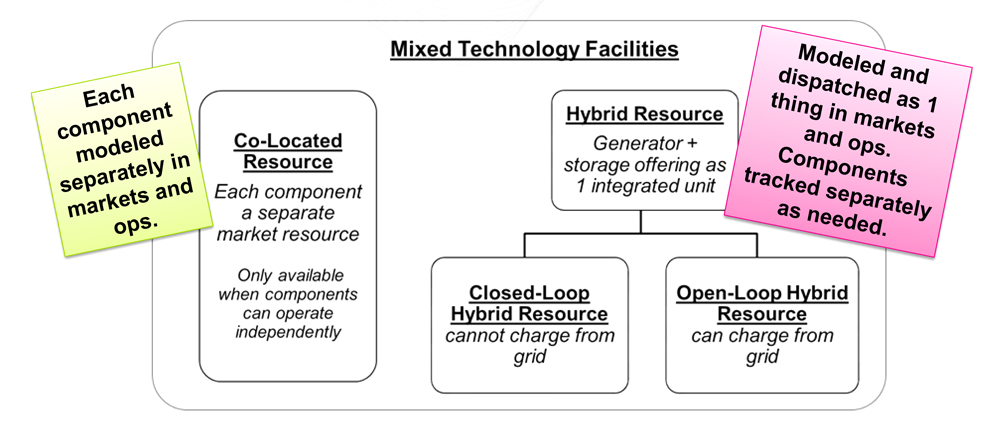RCAR III Shows Dramatic Improvements in all Tx Zones
WESTMINSTER, Colo. — SPP’s third Regional Cost Allocation Review (RCAR) of the regional and zonal allocation methodology’s reasonableness left several members dinged by the first two reports in a cautious, yet celebratory mood during last week’s Markets and Operations Policy Committee meeting.
“We’re not popping the champagne yet,” said Jeff Knottek, director of system planning and compliance for City Utilities of Springfield (Mo.). He was among several members who have requested meetings with the RTO’s staff to better understand how the new numbers were derived.
CUS was the only utility below a benefit-to-cost ratio threshold of 0.80 in its transmission zone after the first RCAR in 2012. It was joined by five other utilities who failed to meet the 40-year present values of the estimated benefit metrics and costs in 2016’s RCAR II.
However, the preliminary RCAR III review pegged CUS’ ratio at 10.65, third among all pricing zones.
“It feels pretty good to be a winner,” said Empire District Electric’s Aaron Doll, whose zone went from a 0.60 to a 6.04 in the last two RCARs. “Empire would be interested in meeting with SPP staff to understand how our B/C ratio increased tenfold with little to no investment. … We’re a little bit skeptical the increase was so substantial without the investments commensurate with that.”
SPP General Counsel Paul Suskie said the Regional Allocation Review Task Force, comprising SPP regulators and members, took a hybrid approach to RCAR III. Staff used actual market runs with and without highway/byway transmission and took a planning-based approach for approved upgrades not in service for at least two years.
The review’s preliminary operational results show significant B/C results for the region and all pricing zones. Staff used 538 of 741 highway/byway upgrades, totaling $4.6 billion of $6.4 billion in upgrade costs. They said it is unlikely any remedies will be needed.
Suskie said the real-life models were a contrast to the first two RCARs, which were more “theoretical, what we thought the system would look like.” That resulted in lower B/C ratios for CUS, Empire and others.
“For instance, we said in 2020 [that] we would have 17 GW of wind in 2022. Today, we have 31 GW,” Suskie said. He pointed out that the recent run-up in natural gas prices also created higher ratios.
MOPC endorsed the RARTF’s recommendation to direct staff to finalize the report based solely on operational results. When the report is brought back to the committee in October, members can then determine if the full planning process is needed to supplement the operational result.
MOPC Keeps SPS’ Tx Alternatives Alive
Committee members endorsed two projects as potential solutions for a 345-kV double-circuit transmission line in eastern New Mexico’s Permian Basin region.
They sided with staff’s recommendation to issue a notification to construct following further evaluation of Southwestern Public Service’s proposed Crossroads-Phantom project, a 150-mile line estimated to cost $410 million.
MOPC also endorsed a NextEra Energy Resources’ motion that Crossroads-Phantom would be a viable alternative to another proposed project line in the same region, the 143-mile, 345-kV double-circuit Crossroads-Hobbs-Roadrunner line. The $395 million project was approved as an alternative by both the Transmission and Economic Studies working groups over its operational flexibility and lower cost to SPS.

The votes served as a compromise following a discussion over whether to vote on the two different projects separately or together, and whether to even conduct the vote. That left some members frustrated enough to suggest MOPC should just tell the Board of Directors to decide for it.
“We’re abdicating our responsibility,” Midwest Energy’s Bill Dowling said.
The original proposal received 80% support, while NextEra’s suggestion barely cleared the 67% threshold.
“At the end of the day, NextEra and other want to see steel in the ground,” NextEra’s Matt Pawlowski said.
Jarred Cooley, SPS’ director of strategic planning, called in to the meeting to throw his company’s support behind the Crossroads-Roadrunner option. He said adding a substation at Hobbs gives direct access to reactive reserves for the load pocket and offers voltage support on the pocket’s north and south sides.
“Apples to apples, it has slightly better economics; it’s a slightly cheaper line; and routing the line through the Hobbs substation breaks up an extremely long, 150 mile transmission line that would span pretty much the entire New Mexico territory,” he said. “This will help our area operationally grow as the system continues to grow in that area.”
The Crossroads-Phantom project was originally part of the 2021 Integrated Transmission Planning (ITP) report that was approved in January. However, MOPC pulled the project out of the portfolio when two stakeholder groups said load-projection errors had been discovered late in the planning process. (See SPP Markets and Operations Policy Committee Briefs: Jan. 10-11, 2022.)
Questions to Engineers Require Care
Golden Spread Electric Cooperative’s Natasha Henderson learned the hard way not to ask a group of engineers a question with a literal answer.
Fresh off a Hawaiian vacation that was sandwiched between SPP meetings and focused on the three presentations she was about to deliver to MOPC, Henderson entered the meeting room looking for her seat. She walked up to a group of fellow stakeholders and jokingly asked where she was.
The group was more than happy to help.
“You’re right here!” responded one. “You’re with us!” another said.
Henderson eventually found her seat on her own.
NRDC Becomes SPP’s 113th Member
MOPC welcomed to the table Natural Resources Defense Council’s Christy Walsh, director of federal energy markets, who represented the organization as it became SPP’s 113th member. The RTO eliminated its exit fee for non-transmission owners several years ago, opening the door to environmental groups and other nonprofit organizations. (See FERC Tells SPP to End Exit Fee for Non-TOs.)
Walsh, a FERC staffer for almost 20 years, is only serving until the environmental advocacy group can hire a fulltime staffer to represent it before RTOs.
Changes for Tx Evaluations
MOPC endorsed a revision request (RR452) from the Transmission Working Group that adds a standardized process for evaluating projects proposed by TOs for reasons other than meeting SPP regional criteria or meeting a limited subset of local planning criteria evaluated in the ITP.
The change will allow TOs to perform their own analysis and provide it to staff for review. If SPP performs the studies, TOs must sign an agreement, pay a deposit and cover all study costs.
The more “robust” process also includes the implementation of zonal planning criteria recently approved by FERC. The revision establishes an annual process for each transmission pricing zone to develop a single set of uniform zonal criteria to evaluate zonal reliability upgrades in regional planning. (See FERC Accepts SPP’s 2nd Try at Zonal Planning Criteria.)
Members also unanimously approved a consent agenda included three RRs:
-
-
- RR484: includes surety bonds as a form of “financial security” within the tariff to secure all types of financial transactions, including transmission congestion rights and virtual energy. Surety bonds can provide a lower cost entry point for creditworthy customers as compared to a letter of credit.
- RR489: identifies business practice and ITP manual changes to ensure that transmission service and ITP base reliability models’ dispatch are accounting for the granted amount of interconnection service or surplus interconnection service to multiple resources behind the same point of interconnection. The RR also identifies an ITP base reliability dispatch approach for batteries that have been granted transmission service for charging purposes.
- RR496: adds minor and non-substantive missing language, primarily modifying settlements, that are necessary to accurately implement RR449.
-
The committee also approved four sponsored upgrade studies. SPP reliability assessments found no system impacts on:
-
-
- NextEra Energy Resources’ upgrade of terminal equipment on two 161-kV lines near Warrensburg, Mo.;
- Invenergy’s proposal to build a 345-kV line between two substations in West Texas;
- Invenergy’s upgrade of two 345/230-kV transformers in South Dakota to a 581-MVA rating; and
- Oklahoma Gas & Electric’s reconductoring of a transmission line to increase their normal and emergency ratings of the lines while replacing aging assets.
-
